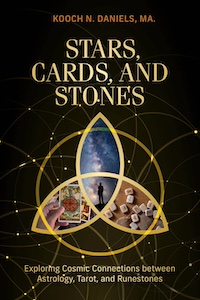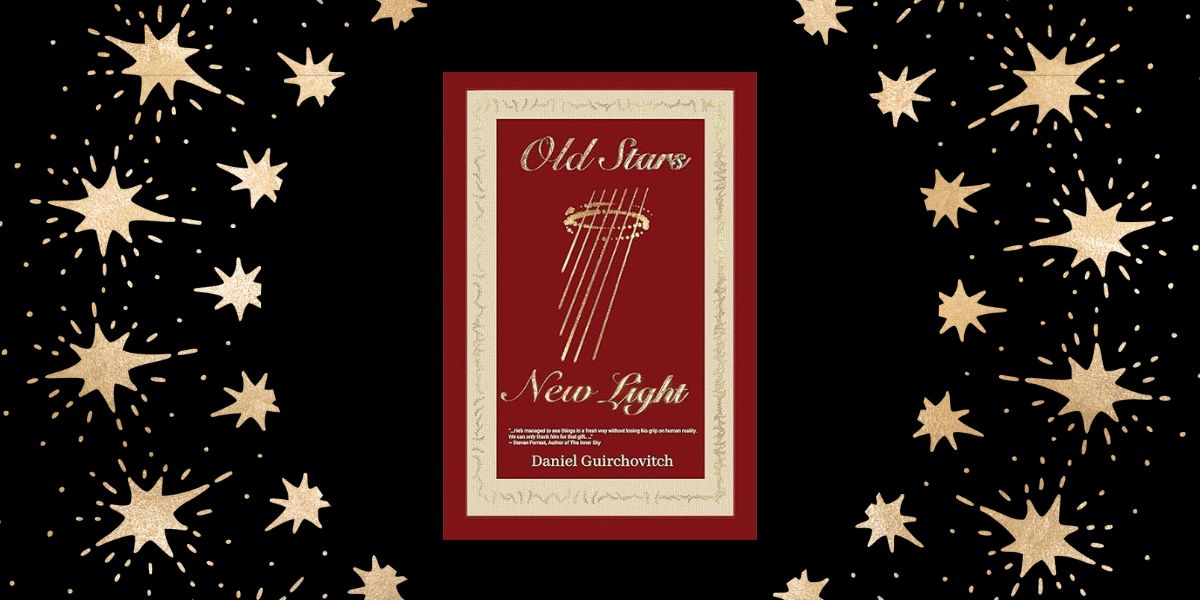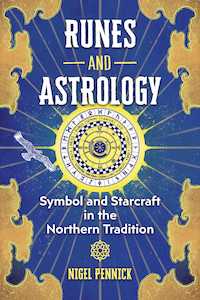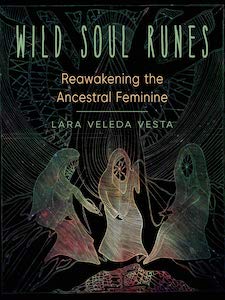
Stars, Cards, and Stones: Exploring Cosmic Connections between Astrology, Tarot and Runestones, by Kooch N. Daniels, MA
REDFeather, 9780764368400, 192 pages, December 2024
In Stars, Cards, and Stones, Kooch N. Daniels invites readers on an intricate voyage through the realms of astrology, tarot, and runes. This elaborate tapestry of mysticism is woven together with deep wisdom, making the book an indispensable guide for both novices and seasoned practitioners alike.
Daniels is a revered figure in the world of divination and metaphysical studies. With over five decades of experience, she brings a profound understanding of the esoteric arts. Her ability to distill complex concepts into accessible and engaging prose sets her apart as an educator and guide in workshops and divination events in the US and abroad. Daniels is also a frequent guest on radio shows and podcasts, after hosting her own radio show. She has written five books and co-authored three books with her husband Victor. The two of them have created one oracle deck. She lives with her husband in Sonoma County, California. You can learn more about her at www.mysticsecrets.net.
Daniels’ book is divided into four sections. The first one focuses on astrology, and the second features tarot cards and runes. The third section goes into more detail on each subject, while the fourth section blends all the information for divination. Each section is meticulously crafted, providing readers with a comprehensive understanding of the subject material. The information on the major arcana is better than most tarot guidebooks!
The first section delves into astrology, offering an exploration of how celestial bodies influence our lives. Daniels provides a clear and concise introduction to the fundamental concepts of astrology, including the zodiac, planetary movements, and their impact on human behavior. She also introduces advanced techniques, making the section invaluable for both beginners and those seeking to deepen their astrological knowledge.
In the second section, Daniels turns her attention to the tarot and runes. Here, she demystifies the tarot deck, providing a list of each major arcana card and its symbolism. Her guidance on tarot spreads and reading techniques is both practical and enlightening. Then she discusses runes and their metaphysical properties.
Daniels’ expertise shines through as she details the unique energies of various types of runes and how they can be used for healing, protection, and spiritual growth. Her approach is grounded in both historical context and modern practice, offering readers a well-rounded understanding of rune magic.
She also provides an exercise where you pull a card and find its astrological correspondent. Next, you find the rune that matches. She invites readers to draw a sketch of the three parts and keep them on their desk to view during the day. Daniels writes:
“These oracles share a primary partnership through parallel correlations on the Zodiac wheel. Each rune has a counterpart with a major tarot card and a sun sign or planet. Once you become aware of their astrological correlations, you have specific information that points to the comparability of their interpretations.”1
In the third section, Daniels presents what she calls “The Mystical Library,” with a complete review of zodiac signs, planets, and luminaries. Next, she presents the twenty-two cards of the major arcana, including a sample card, multiple names for each card, keywords, and correspondences for the zodiac and runes. Finally, she presents runes, with keywords, a complete description of all twenty-four stones and correspondences.
Daniels presents the keys to “Divination’s Doorway” in the fourth section:
“Once you become familiar with the stars, cards and stones and can recognize shared universal themes that weave unity among these three mystical arts, you can begin to develop your divination skills by using these three oracles.”2
I particularly enjoyed the sample sun sign readings Daniels provides in this section. She also shares sample spreads for both tarot cards and rune stones.
One of the main features of Stars, Cards, and Stones is its balance between esoteric knowledge and practical application. Daniels doesn’t just present history or information; she provides readers with exercises and rituals to integrate these mystical tools into their daily lives. This hands-on approach ensures that the book is both read AND experienced.
The visual presentation of Daniel’s book is another highlight. The book is beautifully designed, with illustrations and photographs that complement the text. For example, Daniels includes a four-color photo of a tarot card for each discussion of the major arcana cards. Different decks are featured, which gives the reader exposure to more decks. In the Acknowledgements, the author credits each deck creator and deck, making it easy to purchase the deck, if you choose. In discussing astrology and runes, the author presents numerous illustrations and charts. She presents several in the Appendix, as well.
Stars, Cards, and Stones is a treasure trove of wisdom and practical guidance for anyone interested in astrology, tarot, and runes. Its comprehensive approach, combined with Daniels’ expertise and conversational writing style, makes it a must-have for those looking to deepen their understanding of these mystical arts. Daniel’s Endnotes and Bibliography give you reference material for the hungry student to learn even more.
This book would be great for anyone who would like to learn more about astrology, tarot, or runes. If someone were familiar with all three subjects, this book serves to pull it all together and provide new ways to combine divinatory techniques for a more comprehensive reading. I plan to keep it on hand and get out my set of runes!
Daniels’ husband Victor Daniels sums it up best:
“No one else I know has combined all three of these classical divinatory systems into one voice. Beyond knowing about each one of them, Kooch can draw on her knowledge of how to do a reading, combining all three of them that can blow your mind. In these pages she shows you how you can do that, too.”3

PJ Spur is an author, intuitive, spiritual mentor, astrologer, and hypnotist. She does tarot & oracle card readings, natal chart readings, grief coaching, and relationship healing. She also has hosted a weekly “Coffee & Cards” event with her Soul Compass Community for the past four years. Her book Navigating Grief with Grace is available on Amazon. Learn more at www.dearpj.com










